Home Hi-Tech Android World ,,,,, Summer, and summer in general, awakens the desire for adventure, and there is no better way to face it with healthy technology in hand. It helps in this Land Rover Explore: no, not a four-wheeled armored vehicle, but a rugged smartphone, ready for the most extreme activities, also thanks to the Adventure Pack, with additional battery and GPS module.
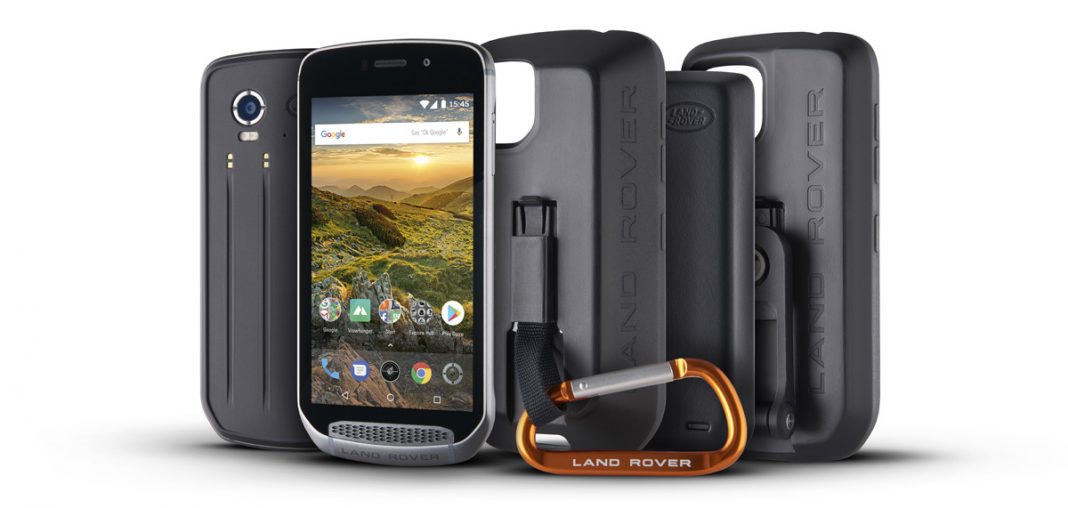
Rugged Soul
Land Rover Exlore is an Android smartphone, rugged in appearance, although it tries to maintain a more minimal style than its competitors in the same category. Beyond the aesthetic factor, which we will outline shortly here, it is a concentrate of technology. It includes a proximity sensor, compass, accelerometer, gyroscope, barometer, GPS antenna and a 4,000mAh battery, which can almost double with a supplied clip-on module. The Android Nougat OS is also modified ad hoc for adventure, with apps providing easy access to metrics that might be useful outside.
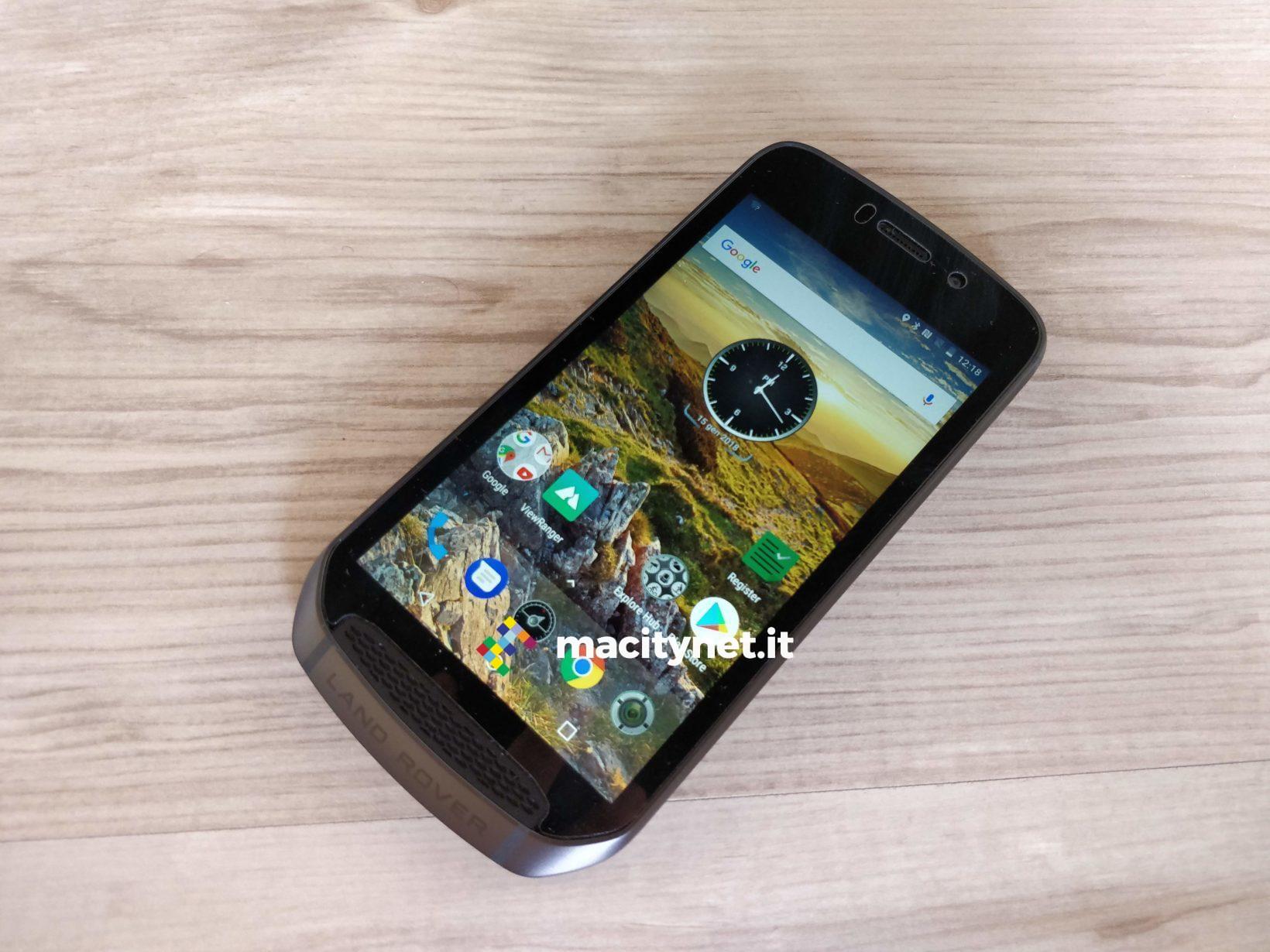
Made for adventure
To complete the picture of a terminal made for adventure, the Adventure Pack, an additional module, which makes the terminal much thicker, but which provides additional autonomy and an external GPS module that makes the terminal a real tool for orientation. outdoors, with extreme precision, also thanks to the ViewRanger app, which provides access to Augmented Reality for the identification of mountain peaks and other landmarks. Obviously, even before going into the aesthetic detail and the technical characteristics, it is good to specify that the terminal is resistant to extreme temperatures, it does not fear freezing, nor water, sand, dust, shocks, humidity and fog. Aesthetically, not among the most minimal smartphones, but not even among the most bulky among the rugged ones, it weighs 232g and has a small size of 152 x 75.3 x 14 mm.
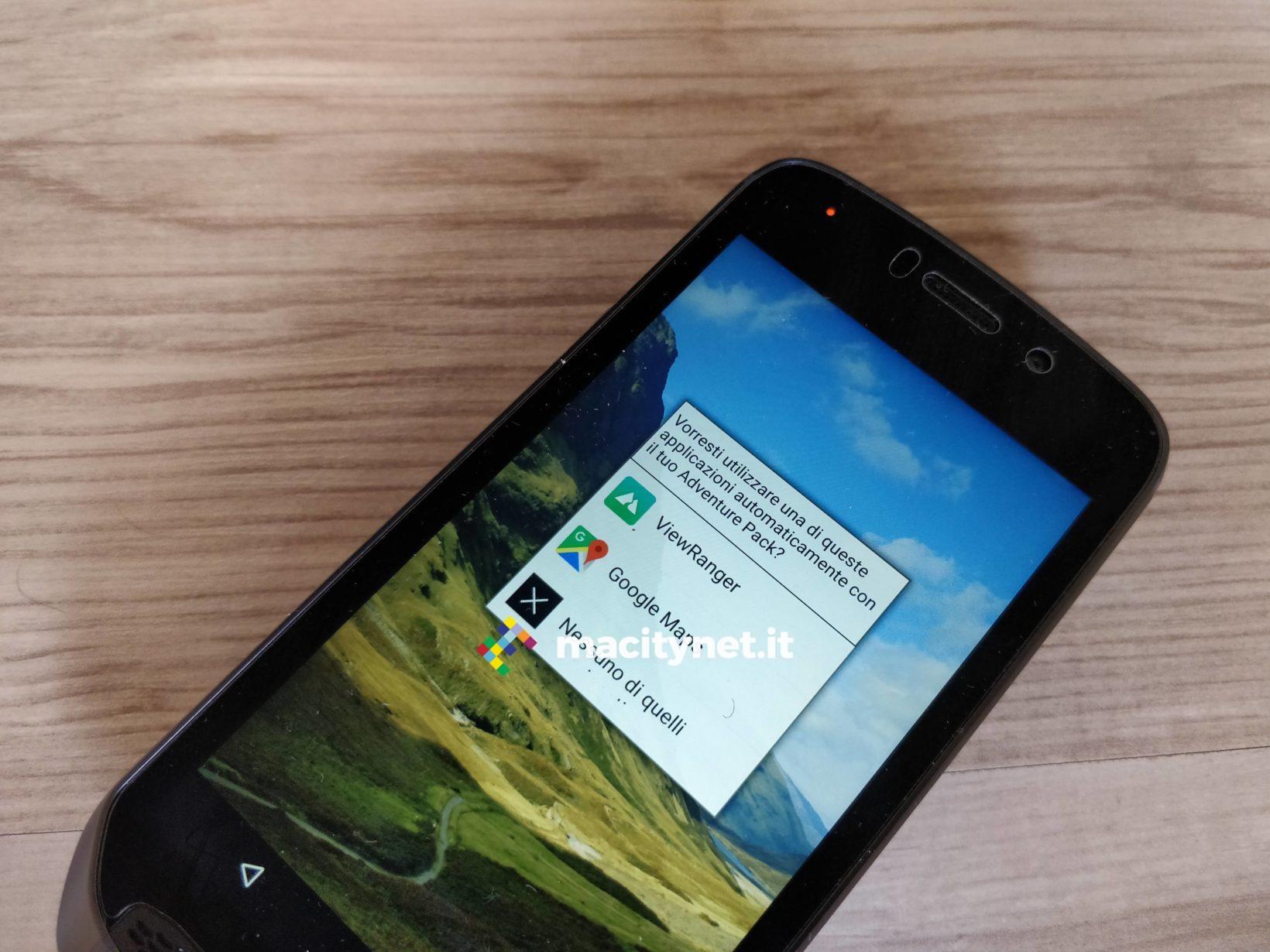
Technical features
Land Rover Explore chooses to keep dimensions all in all contained for the category to which it belongs, also thanks to a 5-inch screen, which does not give up on Full HD resolution. Under the hood the terminal is powered by a 2.6 GHz MediaTek Helio X27 CPU, also powered by 4 GB of RAM and 64 GB of integrated storage. The battery is 4000 mAh, which almost doubles, thanks to the Adventure pack module, which offers an additional 3,620 mAh battery. To close the circle of technical characteristics, the data on the cameras: 16 MP on the rear, half on the front. Not just a curiosity: the rear lens has been designed like a Land Rover headlight, while the front-mounted speaker grille is reminiscent of the company's four-wheel engine.
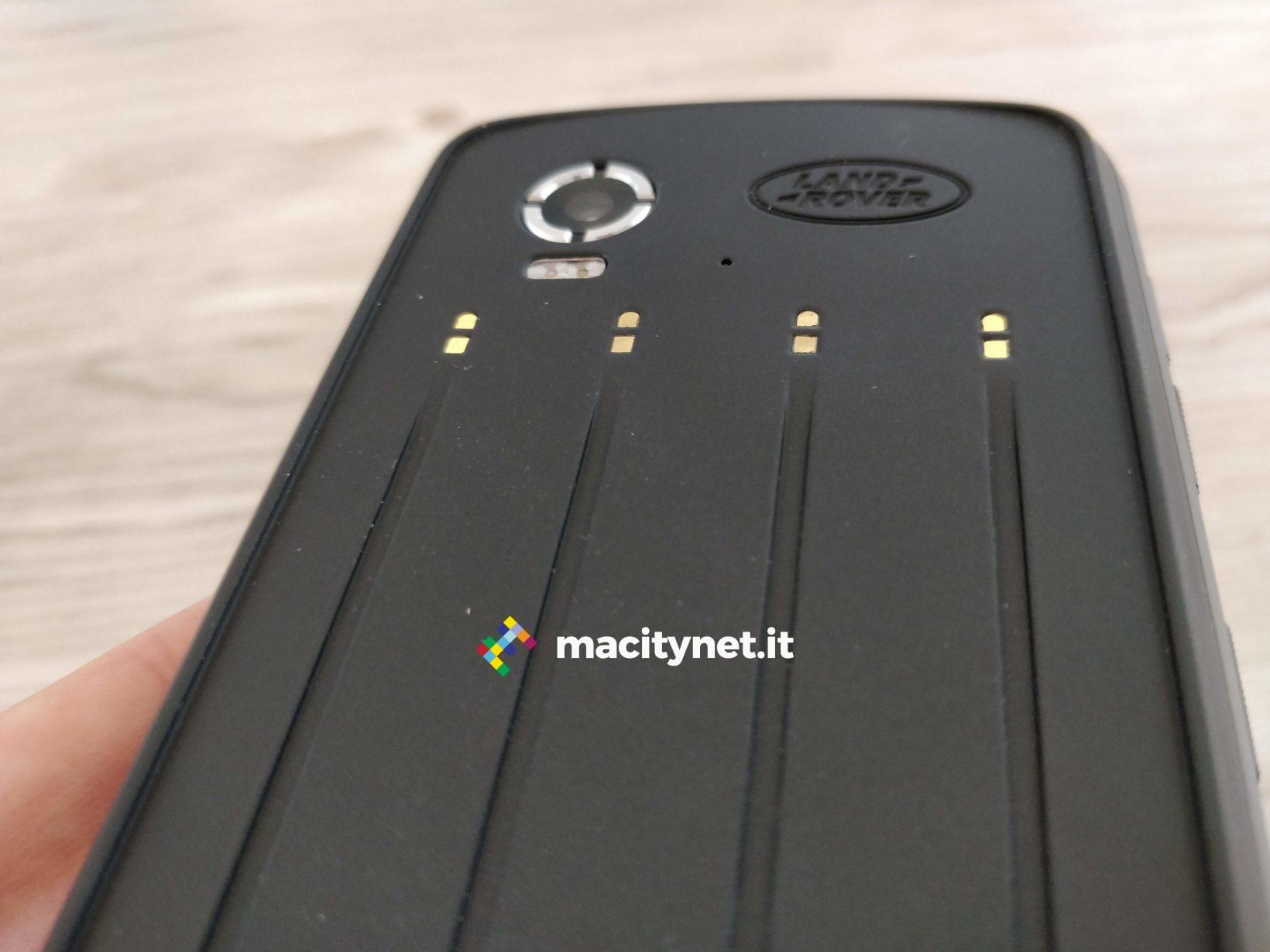
Unless you are a fan of the Land Rover world it will be difficult to see elements capable of linking this smartphone to the car, even if the rear has a very particular design, which in some way could recall a tire, or the dashboard of the car. In the upper part there is the input for 3.5 mm headphones, in the lower one the USB-C slot for charging, while on the sides there are the classic rubber volume buttons and a slot for a microSD card, in addition to the Dual SIM compartment.
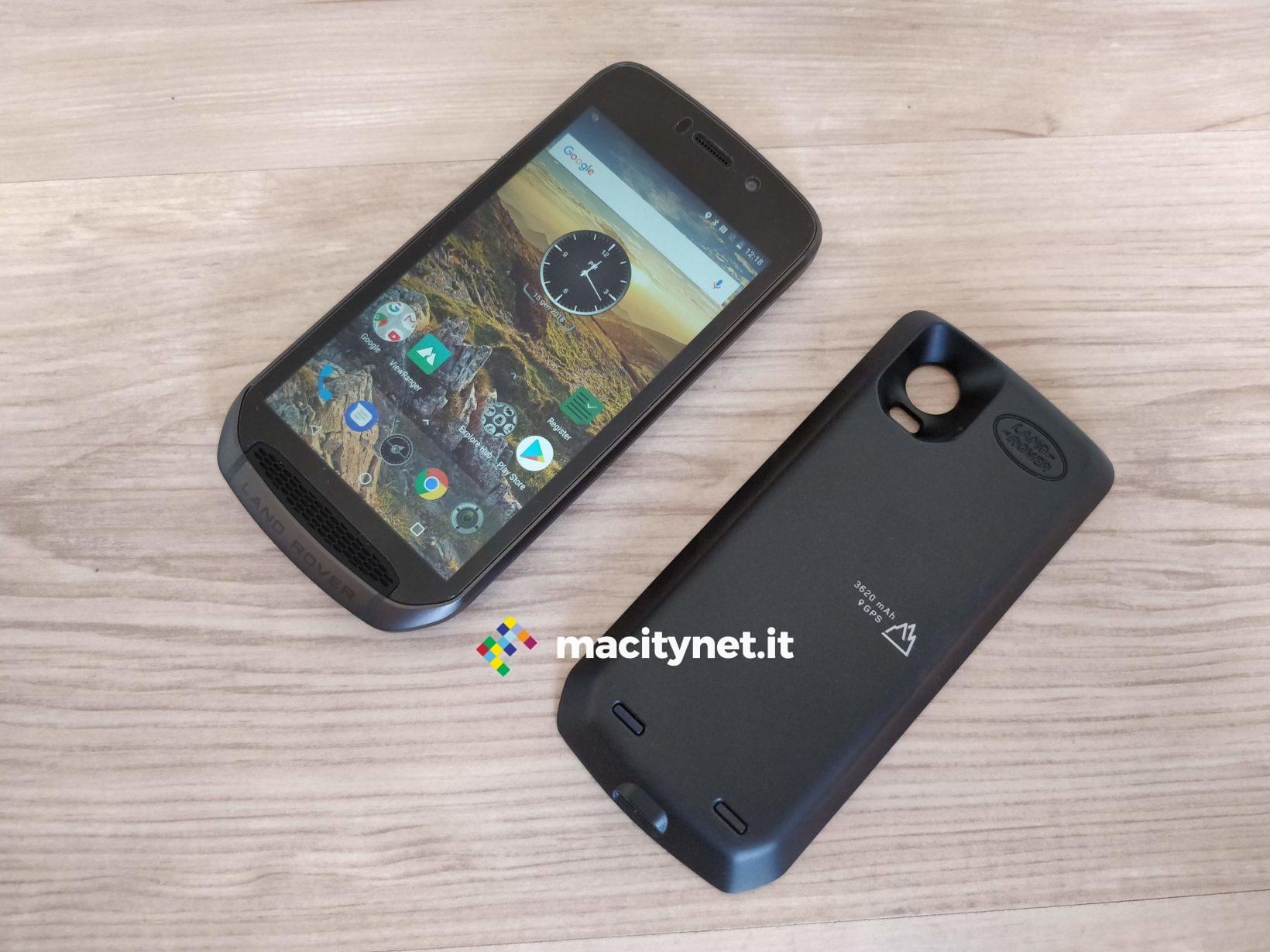
An integral part of the Land Rover Explore experience is the Adventure Pack, a kit containing an additional 3,620 mAh battery and an external ceramic GPS module, to increase signal accuracy. The external module connects to the smartphone via magnets positioned on the back: really easy to house, it has a really strong magnetic force, which makes accidental detachment impossible. Moreover, the kit also includes a cover with quick coupling to a Land Rover carabiner, just to keep the terminal firmly attached to a belt or backpack. Interesting for all climbers to listen.
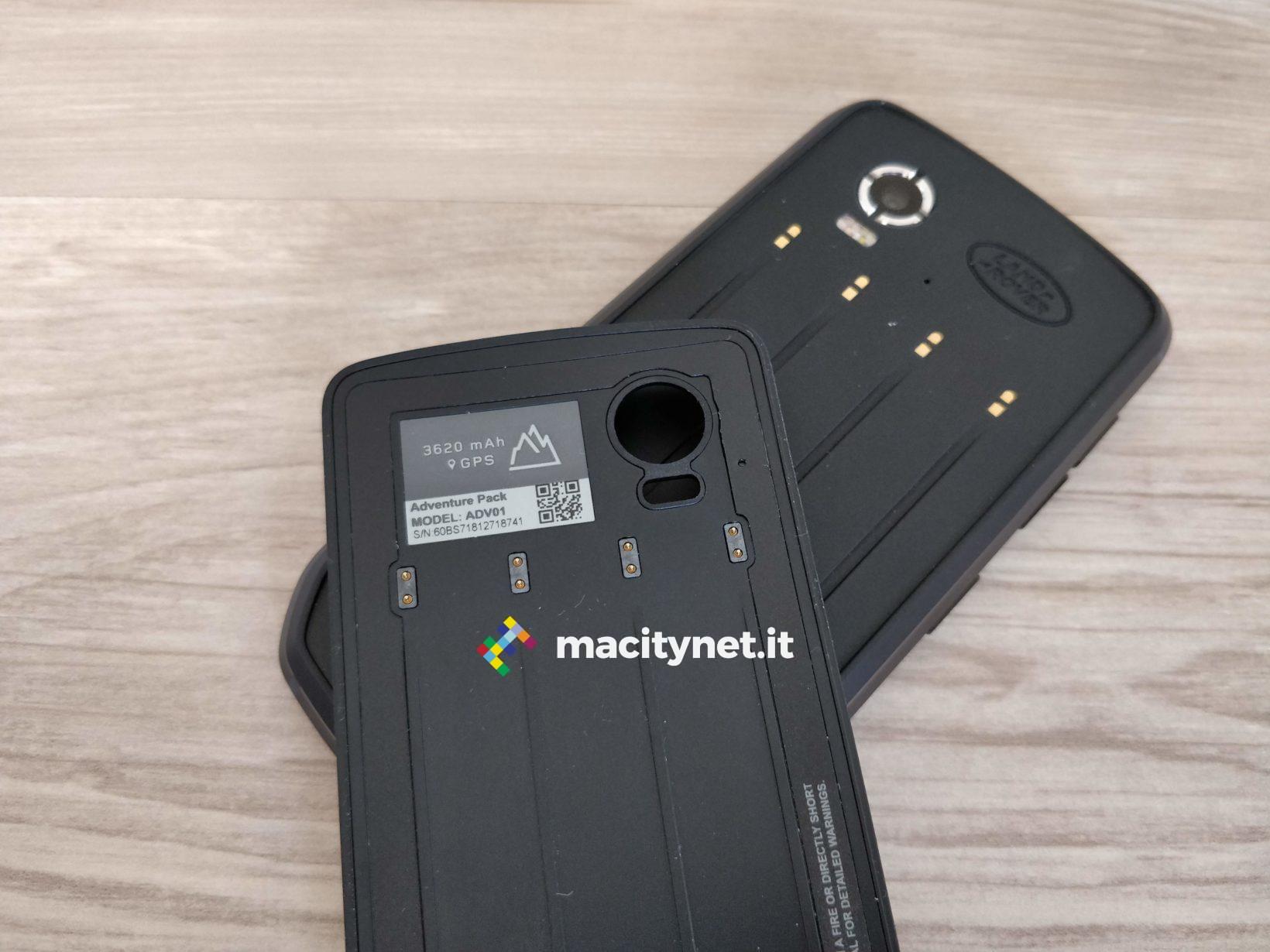
The 5-inch screen with Full HD resolution is protected by Corning Gorilla Glass 5, and can be used with wet fingers or even with gloves. In direct sunlight the display is not much more readable than a normal phone, but its ambient light sensor is appreciable, and in particular the red light filter, which prevents the user from being dazzled during use in night hours. It is IP68 certified, therefore resistant to water (up to a depth of 1.5 meters for up to 30 minutes), but also to sand, dust, dirt, shocks, humidity and salt spray. It can work in freezing temperatures, from -30 ° C to 65 ° C: traditional smartphones would stop working at a temperature of 0 degrees, or 32 degrees Celsius.
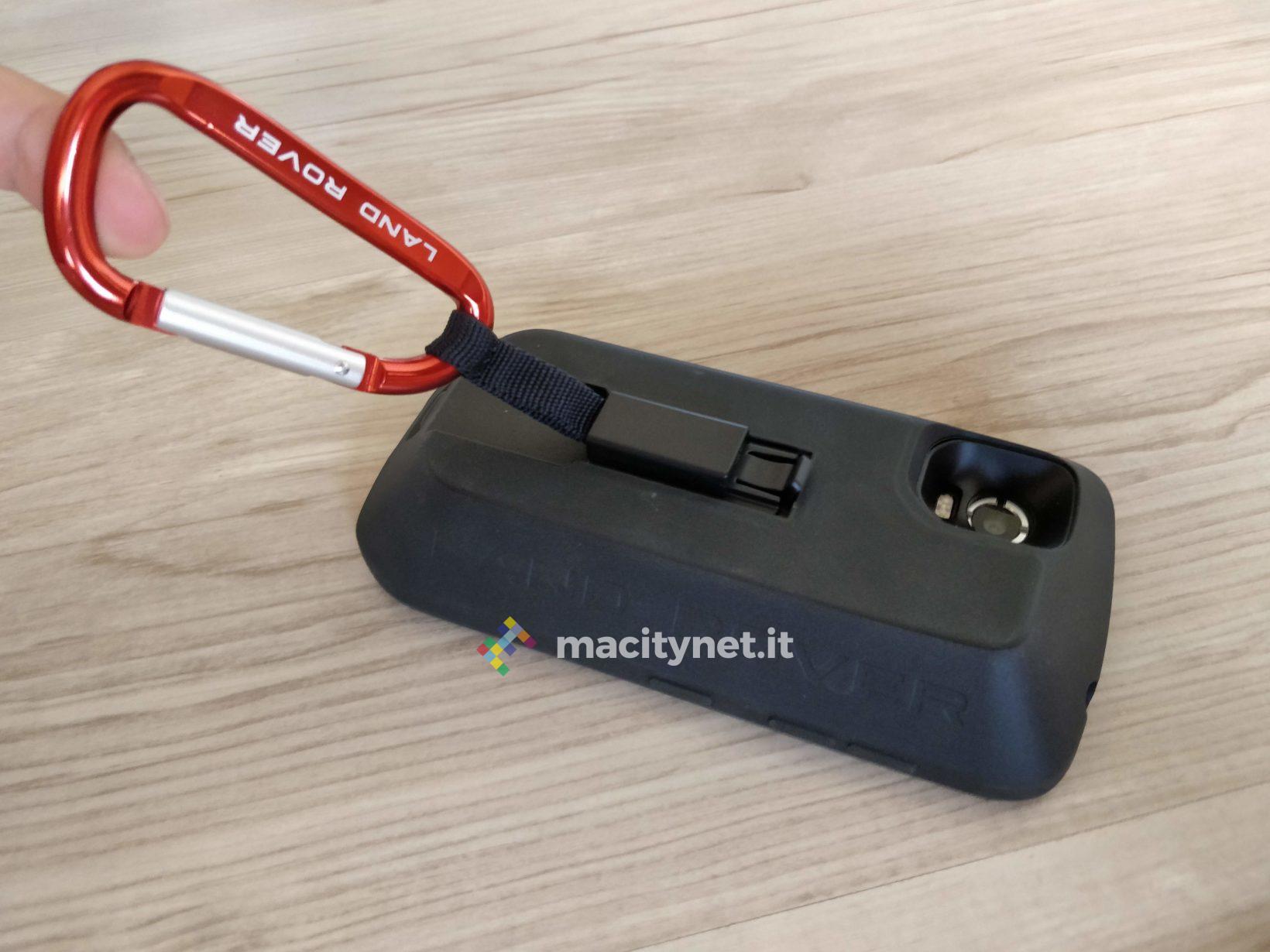
These are excellent characteristics also for those who practice winter excursions, for skiers or, in general, for those who love the mountains. The terminal, however, can withstand falls from almost 2 meters in height, not to be excluded is the hooking with the carabiner as designed. It is not the best of safety: the carabiner hooks to a plastic clip, which in turn is set in the silicone cover, not directly to the smartphone. In short, there is a risk that it will release.
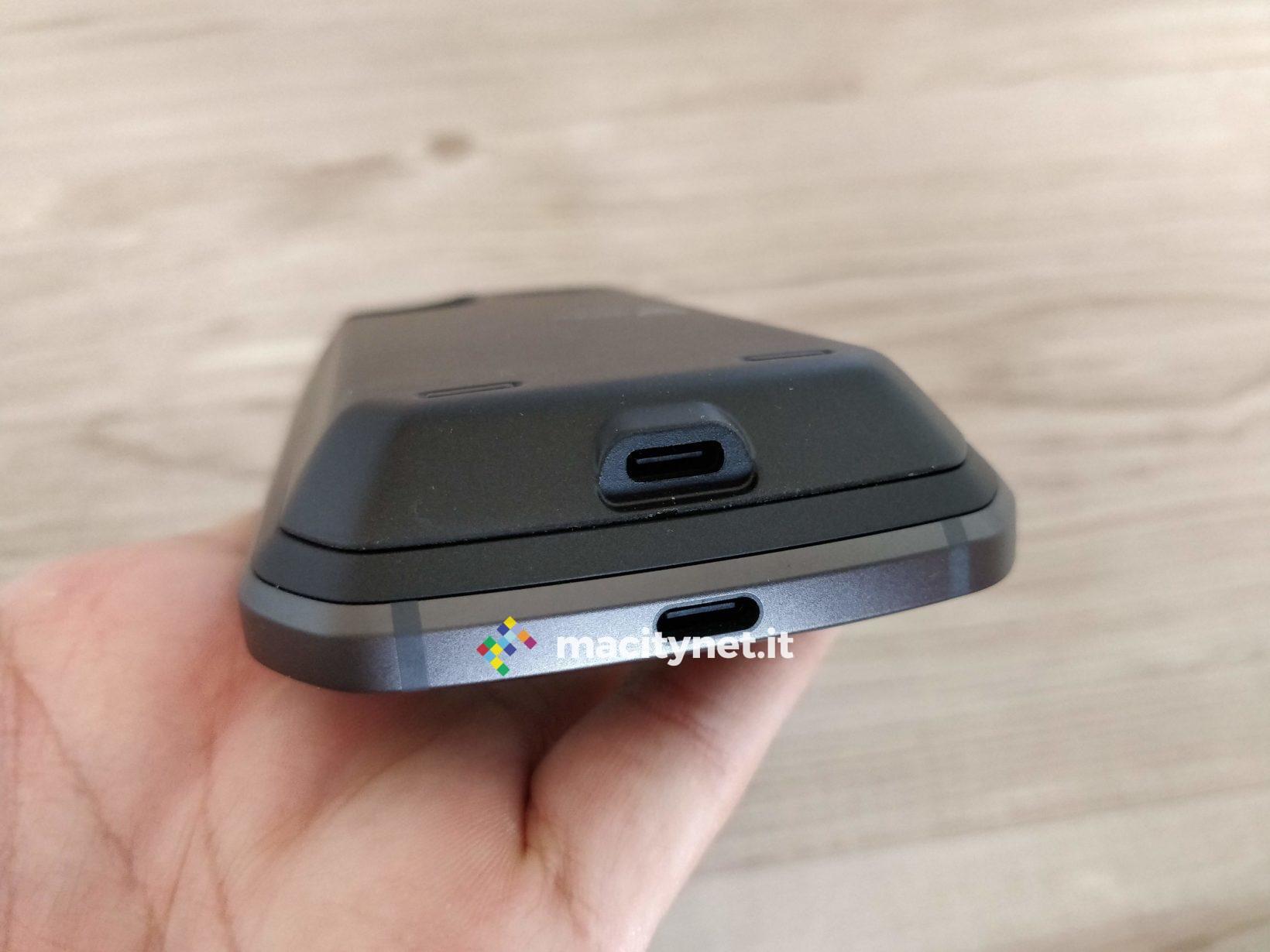
Software
Software customization includes applications that can provide as much information as possible about the outside world. Among these is the app that offers a panel containing information on the weather forecast, as well as six customizable tabs. There is a compass, which offers info on exact latitude and longitude, altitude, local time, sunrise and sunset times, tide times, a stopwatch, humidity data, UV index, wind speed, visibility info , sea temperature, wave height, plus an SOS flashlight that flashes in an emergency, and more. An endless list of features that make the terminal interesting for hikers or for those who practice outdoor activities.
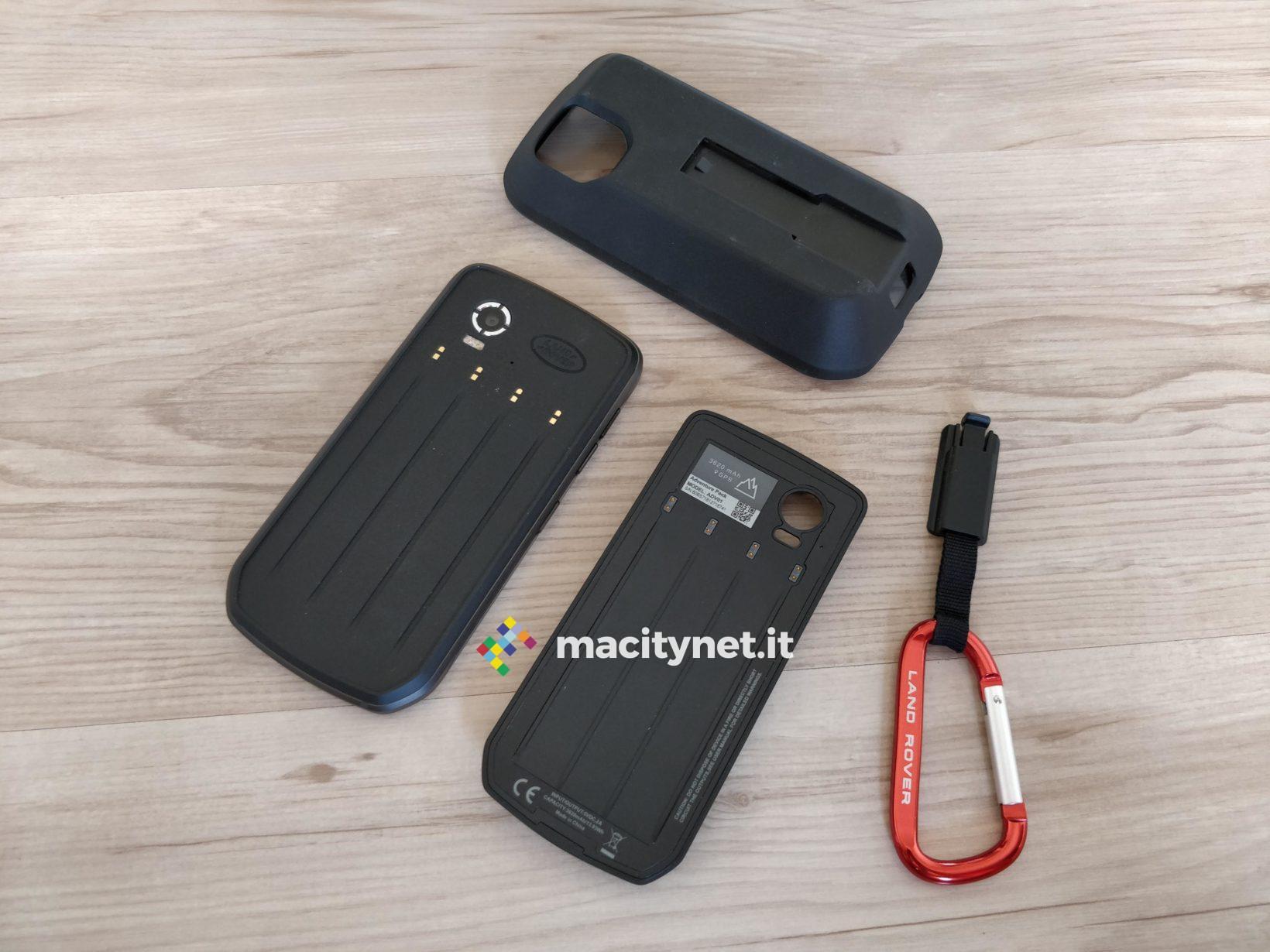
ViewRanger
Another strong point of Land Rover Explore is the ViewRanger app, which allows hikers and cyclists to navigate using the off-road topographic mapping, in combination with the ceramic GPS antenna housed on the external module: when it magnetically attaches you can choose whether to automatically launch Google Maps, ViewRanger or other pre-installed GPS apps. You can preload the maps and even load the route to follow. Unfortunately, the external battery showed signs of weakness after an excursion of about 3 and a half hours: the GPS functions have a high cost in terms of energy consumption.

In favor of the terminal is the Skyline experience, an augmented reality feature that allows you to identify the names of mountain peaks simply by pointing the phone's camera towards the panorama that appears in front.
Benchmark
So far we have described the outdoor use of the terminal, which actually represents the main one for which to choose Land Rover Explore, rather than a common Android terminal. In use from a normal smartphone, Explore does not excel: it is used well in everyday life, without particular limitations, but for lovers of numbers, the score scored is equal to that of a Galaxy S5 in single core, while in muti core it comes close to the 5000 points, certainly not comparable to traditional top terminals.
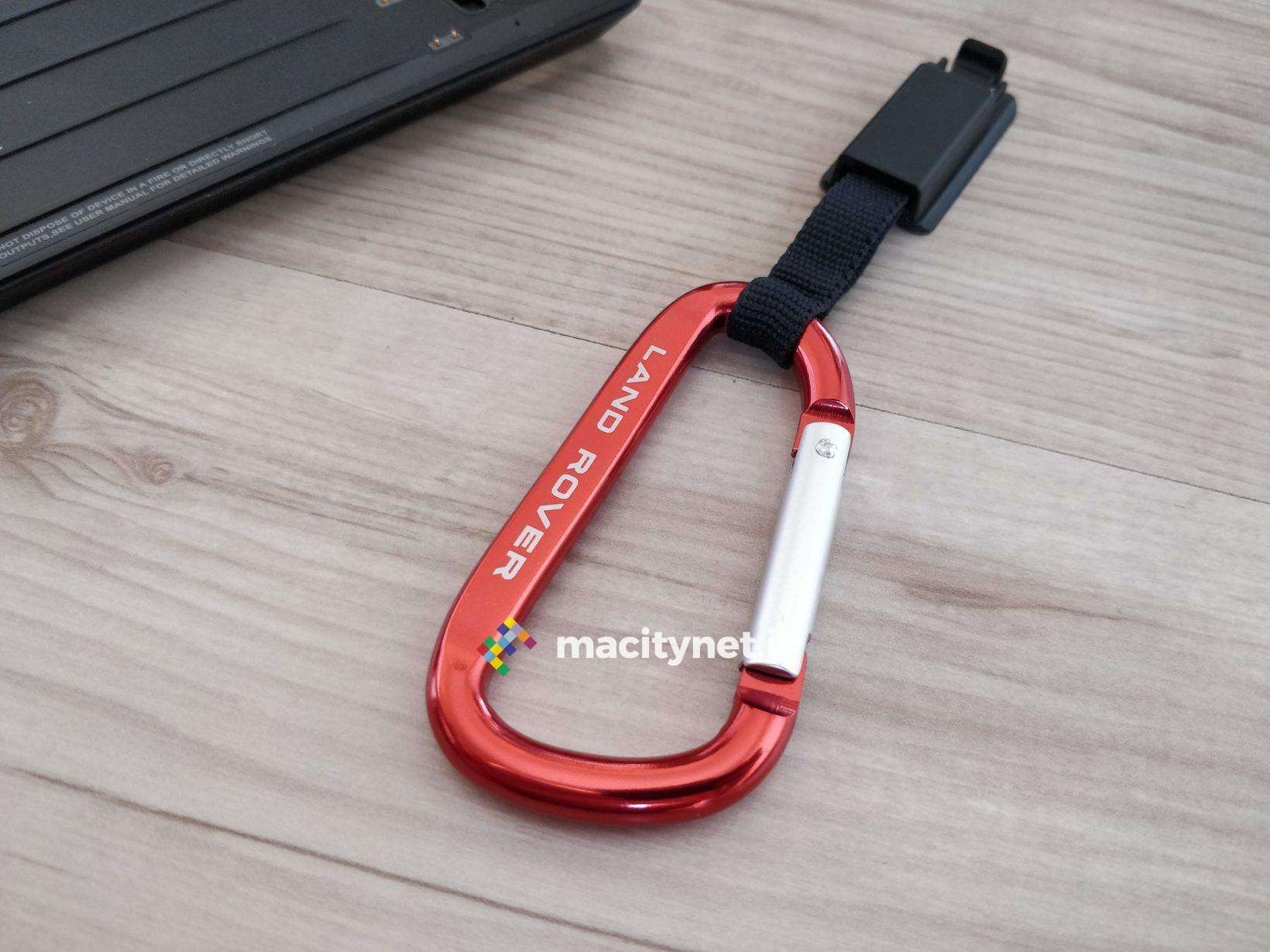
Camera
On a multimedia level, the 16 MP rear camera still offers appreciable shots, at least in optimal light conditions. In some cases the colors tend to be a little gray, but overall Land Rover Explore will allow you to immortalize your outdoor adventures, without particular problems. Below is a gallery of photos taken with your smartphone, without the application of filters or changes in post production.


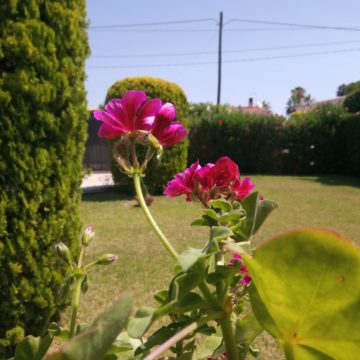
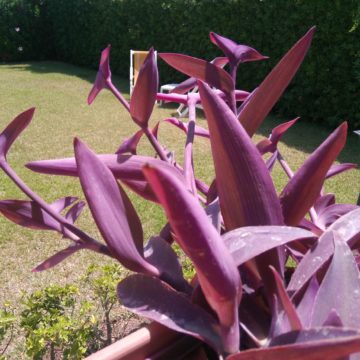


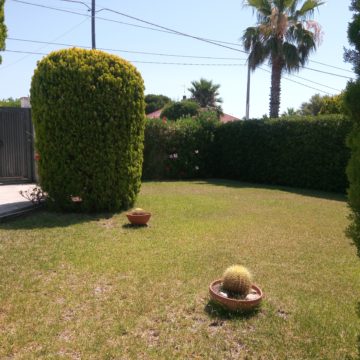
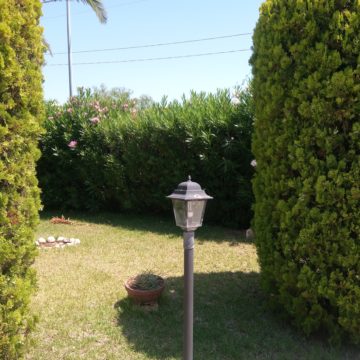




Conclusions
Land Rover Explore is a phone designed for those who love adventure; in this field the terminal does its job well and is probably among the preferable choices in the category. Of course it is not a smartphone for everyday use, but only to take with you when exploring out-of-the-way locations. Even in these cases, however, some data are not correctly updated in the absence of the network, such as sunrise and sunset times. With a waterproof, even drop-proof design and a portable battery module, the Explore is an ideal companion for exploration.
It is already on sale in electronics chains at a price of 649 euros; on Amazon at the moment it seems to be more expensive, but the price will almost certainly settle to the list price in the next few days.
PRO
AGAINST
,,





